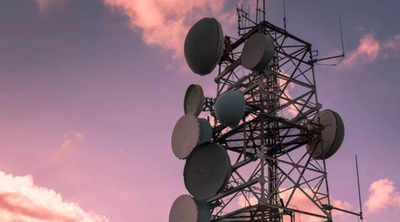
New Delhi: The Department of Telecommunications (DoT) has set a December 2022 deadline for Internet service providers to optimize their networks as well as replace modems and routers at customers’ premises for services according to Internet Protocol addresses, IPv6 Is.
According to an official note released on November 2, DoT has set June 30, 2022 as the last date for the government organization to make a full transition to IPv6.
“All new retail wireline customers provided by service providers after December 31, 2022 will be able to move IPv6 traffic on a dual stack over native IPv6,” the note said.
IP addresses help to identify and connect various devices and servers to the Internet.
The DoT released the first and second roadmaps in 2010 and 2012 to roll out IPv6 addresses in the country, which can provide trillions of unique Internet addresses, unlike the old regime of IPv4, which had a limit of 3 billion IP addresses. .
The increase in the number of devices connecting to the Internet has fueled the demand for IPv6 addresses.
“Service Providers shall endeavor to progressively replace/upgrade CPEs (Customer Base Equipment) which are not IPv6 ready and are owned by Service Providers by December 31, 2022,” the note said.
India now accounts for about 50 percent of IPv6 addresses globally.
“The transition to IPv6 even with dual stack mode will help increase internet usage, especially with work from home, due to the need for a huge IP address in the context of the IoT ecosystem and upcoming 5G services that will be available on the Internet.” Not available with IPv4. Also, the change to IPv6 will increase network security as the ‘IPsec’ feature is built-in in version 6,” said Satya N Gupta, President of the IPv6 Forum.
With the proliferation of IPv6 addresses, India can create its own secure internet by setting up its own route servers for communication within geographic boundaries.
Currently, there are 13 root servers that play a vital role in working on the Internet globally. 11 root servers are located in the US and one each in Europe and Japan. Under the current global system, the Internet may stop working if a root server shuts down.
Gupta said that with an indigenous route server, India can continue to communicate in its jurisdiction after the transition to IPv6.
“The US has already made a decision to phase out IPv4 addresses by 2024,” he said.
Earlier, the DoT had set a December 2017 deadline for government organizations to convert their systems to IPv6, switch to IPv6 compliant CPEs by December 2017 and move websites to IPv6 compliant servers by January 2017.
FacebookTwitterLinkedinE-mail
.